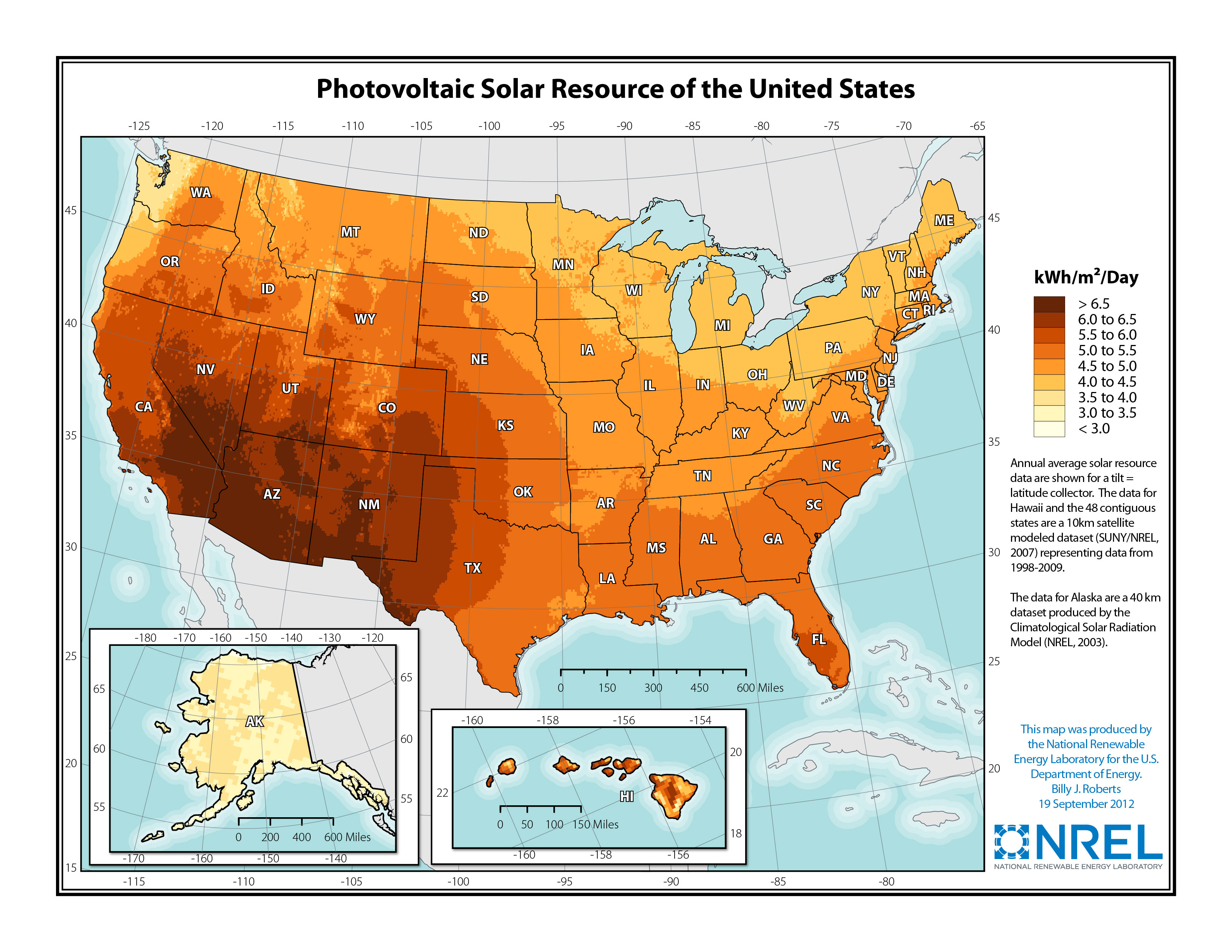Related Articles
The environmental community’s latest idea to fight global warming: growing pineapples in Washington.
Of course, growing pineapples in Washington state would be foolish. The weather that makes it impossible to grow pineapples also makes solar panels an environmental loser for our state.
Despite that, Environment Washington is now pushing city council members and legislators to support their, “‘Go Solar,  Washington’ campaign and join us in committing Washington to getting 10% of its electricity from the sun by 2025.”
Washington’ campaign and join us in committing Washington to getting 10% of its electricity from the sun by 2025.”
They claim, “the Puget Sound region receives more sun every year than Germany.” They neglect to mention that electricity costs in Germany are about 35 cents per kilowatt hour, about four times as high as Washington state. They also neglect to mention that according to the National Renewable Energy Laboratory, Western Washington is literally the worst place in the lower-48 states to generate solar energy.
Ultimately, this bad idea would waste huge sums of money that could be used to make a real environmental difference. Here are the numbers Environment Washington won’t tell legislators and city councilmembers.
It Would Cost $58 Billion – Washington’s Entire State Budget for Three Years
The City of Seattle estimates it costs between $4,000-$7,000 to install one kilowatt of solar energy, which generates one kilowatt hour (kWh) annually. Assuming an average cost of $5,000 per installed kW, to generate the 11.6 billion kWh – 10 percent of Washington’s energy production in 2014 – it would cost $58 billion. If demand increases above 2014 numbers, the cost goes up.
To put $58 billion in context, that is the entire operating and capital budget for Washington state for three years.
Some will argue that solar costs are coming down, and they are. Declines in cost, however, are decelerating and much of the decline has been a result of manufacturing improvements and a market glut rather than technology improvements.
For Every $100 Spent on Solar, We Get 25 Cents of CO2 Reduction
Because Washington is such a poor location for solar panels, they would also do little to reduce carbon emissions. Over the 25-year lifespan of those solar panels, the solar panels would reduce 30 million metric tons of CO2. At $58 billion, that amounts to about $1,876 per metric ton. For that same amount, we could invest in carbon reduction projects like capturing methane from landfills and reduce 375 times as much CO2 or the CO2 from all of Washington’s electricity through the year 2062.
That may be generous. Replacing nuclear or hydro power, which are consistent and predictable, with unpredictable solar could actually increase carbon emissions. Sweden recently decided against replacing nuclear power with wind energy because when the wind was not available, the energy would be supplied by natural gas. Moving from a predictable source of carbon-free energy to an unpredictable one makes carbon emissions worse.
It is pretty clear Environment Washington never actually did the math on the cost or environmental benefit from this policy – “Solar is cool. Ten is a round number. We got our policy!”
Ignoring science and economics, however, is unsustainable and bad for the environment. There are many ways we can effectively reduce carbon emissions and increase energy efficiency. Environment Washington’s approach, however, isn’t thoughtful or effective.


